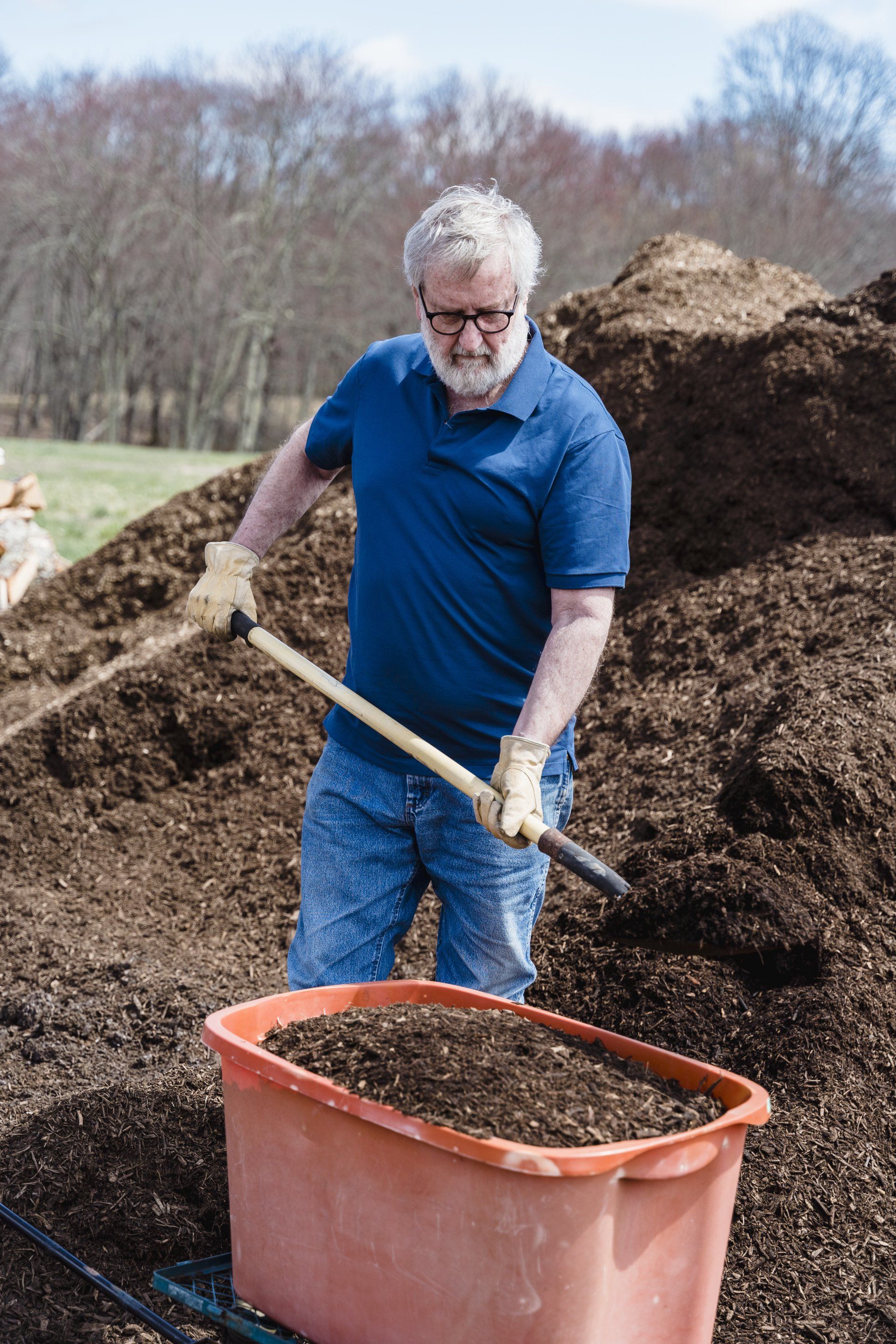Recovering From Severe Weather
What Farmers Should Test and Do After Storm Damage

Severe storms this season — hail, high winds, flooding rains — have battered crops across the Central US. The impacts go beyond visible damage; they change how soil and plants behave for the rest of the growing season. Knowing how to assess, test, and correct storm-related issues is critical for minimizing losses and keeping yield on track.
How Storm Damage Affects Crops and Soil
Hail & Wind: Physical injury to leaves and stems reduces photosynthesis. Open wounds invite pathogens and reduce plant vigor. Expect to see secondary diseases weeks after hail.
Heavy Rain & Flooding: Saturated soil turns anaerobic, stressing roots and slowing nutrient uptake. Surface compaction and crusting can occur once soils dry. Nutrient leaching is common for nitrogen, sulfur, and boron.
High Winds & Tornadoes: Debris causes hidden bruising and breaks that may not be visible immediately but become infection sites later.
Detailed Field Inspection Tips
- Quantify leaf area loss: More than 25% defoliation typically warrants nutrition adjustments.
- Check root zone condition: Dig small pits to check for standing water below the surface. Saturated soil can stunt roots for weeks.
- Assess lodging severity: Lodged plants can recover if stalks remain flexible; if not, expect reduced yield.
- Look for disease incubation: Monitor weather conditions — warm, humid days after damage are ideal for fungal spread.
Why and What to Test Now
Soil Testing: Post-storm soil tests help verify nutrient losses from leaching. Pay special attention to nitrate-N and sulfate-S levels. If you have compacted or crusted soil, check pH and EC as well — surface sealing can trap salts.
Plant Tissue Testing: A tissue test shows what the plant is still able to absorb under stress. Combine this with soil data for a complete plan — don’t just feed the soil blindly.
Water Testing: If runoff is high, well and pond water can carry silt, pathogens, or excess salts. Periodic checks protect irrigation lines and crops.
Expert-Level Recovery Steps
✅ Split nitrogen applications: Instead of heavy single topdressing, spoon-feed small amounts based on updated soil nitrate levels to reduce loss and stress.
✅ Use foliar sprays wisely: Foliar feeding provides fast relief but choose low-salt, crop-safe products — amino acid chelates or biostimulants work well post-damage.
✅ Add calcium if fruiting crops were hit: Physical injury increases calcium demand for wound healing and fruit set.
✅ Consider microbial inoculants: Saturated soils often lose beneficial microbes; a targeted inoculant can help roots recover faster.
✅ Re-test in 2-3 weeks: Use a follow-up tissue test to confirm that corrections are working and adjust before reproductive stages are fully underway.
Call Us for Custom Plans
No two storms — or fields — are alike. TPS Lab’s consultants can build a precise recovery plan using your fresh soil, tissue, and water data so you don’t overspend or misapply inputs.
📩 Submit a sample today or call 956-383-0739 to speak to an agronomist. Don’t wait — every day counts after severe weather.



